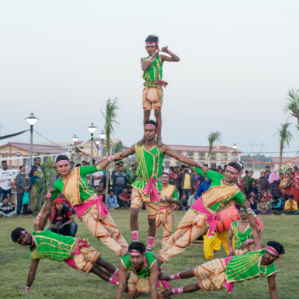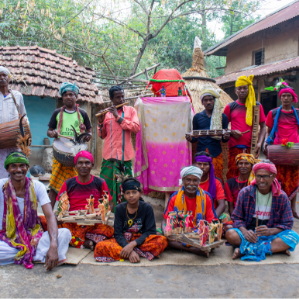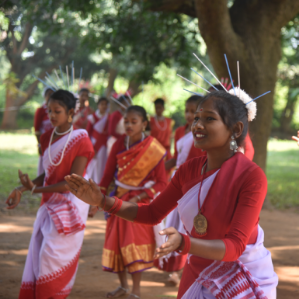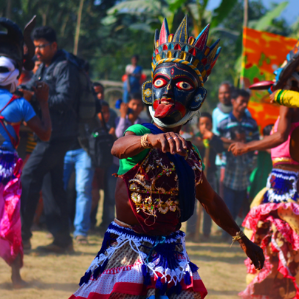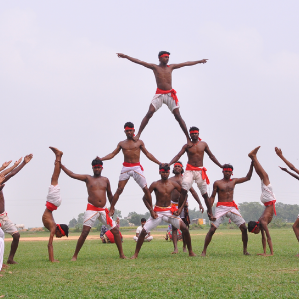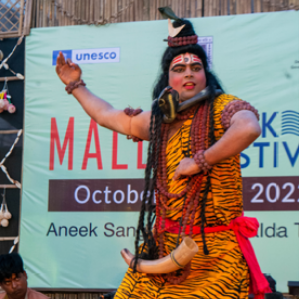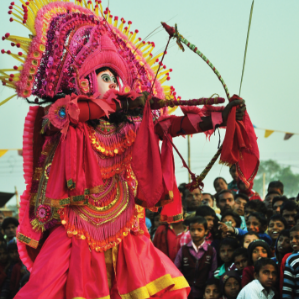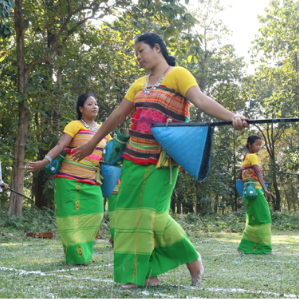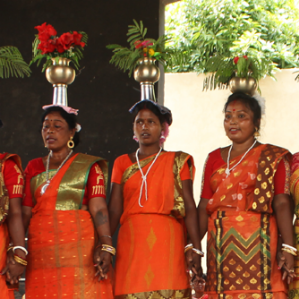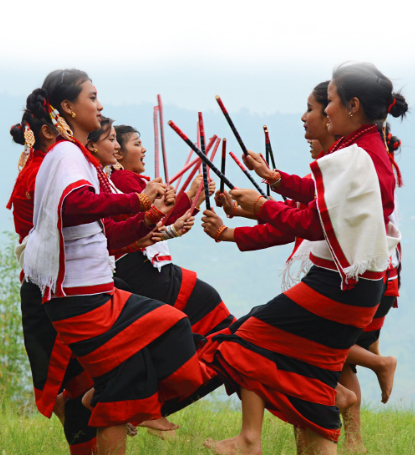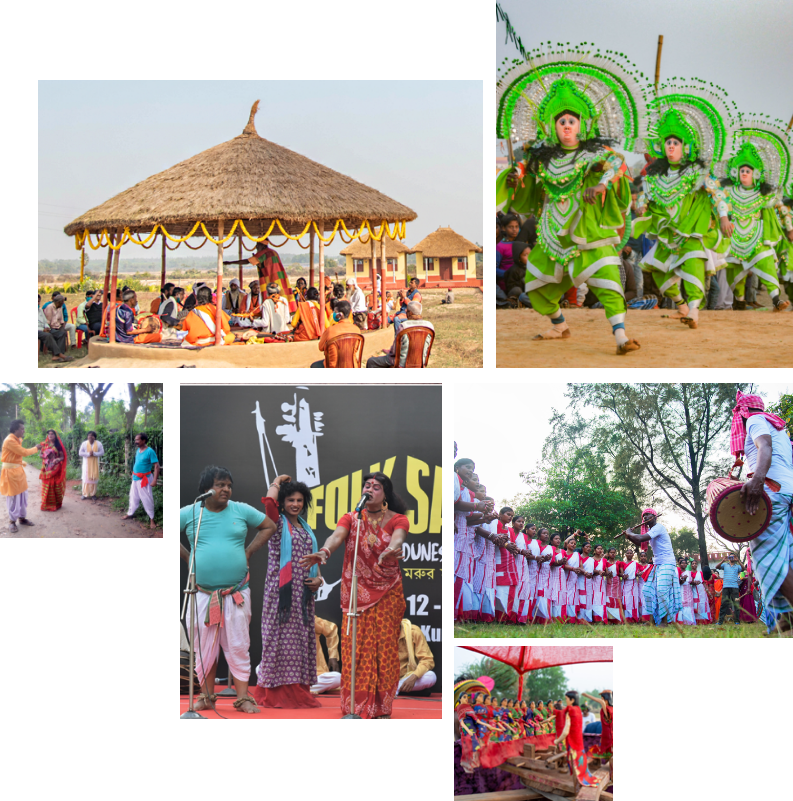
About Performing Arts
The performing arts of Bengal are a dynamic reflection of the state’s rich cultural diversity and deep connection to nature. From the soulful melodies of Baul music to the acrobatic Chhau dance, these performances are not just entertainment but expressions of local beliefs, rituals, and the everyday lives of the people. Each performance, whether it’s the folk dances, theatrical traditions, or musical renditions, serves as a living, evolving embodiment of the community’s history and creativity. The cultural significance of these art forms is deeply tied to the environment, with nature playing a central role in performances like the Banbibir Pala and Bhatiyali songs of the Sundarbans. Despite modern shifts, Bengal's performing arts continue to thrive, showcasing a unique blend of tradition and innovation that enriches the state's cultural heritage. These performances are not only cultural emblems but also serve as vital bridges between generations, transmitting shared stories and values while adapting to contemporary realities
Reviving Myths and Celebrating Life: The Performative Traditions of Bengal
Bengal’s performance traditions are not just expressions of entertainment but powerful reflections of its people's beliefs, struggles, and cultural identity. Chhau dance, with its acrobatic movements and vibrant masks, brings mythological stories to life, while Gambhira folk theatre uses satire to address societal issues, bridging the gap between the divine and the everyday. Indigenous communities in West Bengal celebrate nature, harvests, and life’s simple joys through folk songs and dances like Dang and Sohrai, which are both a celebration and a collective expression of life’s milestones. Festivals such as Durga Puja and Gajan Mela intertwine ritual, performance, and community, showcasing Bengal’s reverence for the divine and the human spirit. Whether rooted in mythology, social commentary, or cultural reverence, these traditions serve as a living testament to Bengal’s rich heritage, continuously evolving while preserving their timeless cultural essence.
Preserving the Past, Inspiring the Future
The Enduring Legacy of Oral Traditions and Performing Arts

Folks Music
Bengal`s folk music embodies a captivating tapestry of melodies and cultural narratives. It spans secular and religious tunes, social ballads, chants of laborers, and mythical hymns, echoing the emotions and realities of rural life. These diverse musical expressions are intricately woven into specific occasions, ceremonies, rituals, and social gatherings, reflecting the vibrant tapestry of Bengal`s culture. Genres like Baul,

Folk Dance
Folk dances encompass diverse traditions, linking art with daily life and rituals. Raibenshe and Dhali were ancient war dances, serving as soldiers' physical and mental training. Chhau, a mask dance, doubles as a martial art form with its acrobatic maneuvers. Kathi, Lathi, Jhumur, and Dhamail, entwined with brata and wedding customs, express emotions through group performances and songs. Mukha, a ritualistic dance, appeases
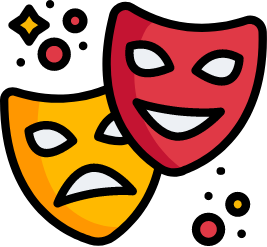
Folk-Theater
West Bengal's folk drama reflects the emotions and experiences of everyday life. Originating with the solo act 'pala,' it evolved into ensemble performances like Alkap, Chhau, and Jatra. Jatra, emerging in the 15th century, later transformed into proscenium theatre, overshadowing pala. Today, forms like Gambhira, Domni, and puppetry address societal issues satirically. String puppetry prevails, drawing from myths and
Art is the essence of life; it speaks where words fail, and reveals the beauty within our souls

